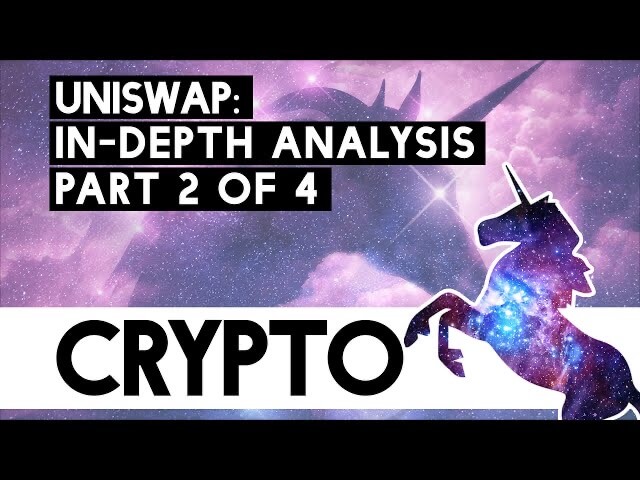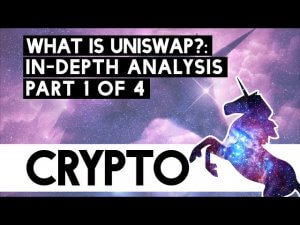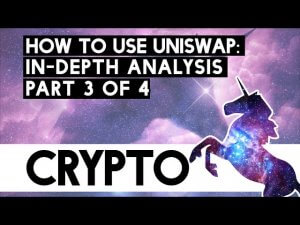Uniswap: In-Depth Analysis (Part 2/4)

Our previous article on Uniswap touched upon how the protocol works and what it is exactly. This part of our guide will talk about the impermanent loss effect as well as about how Uniswap can make money.
What is impermanent loss?
As we’ve discussed in our previous part of the Uniswap guide, liquidity providers earn fees for providing liquidity to traders that swap between various tokens. However, there is another thing that liquidity providers should be aware of, and that is the impermanent loss.
Impermanent loss is basically an opportunity cost pooling a token that is gaining value. This effect is best illustrated by an example.

Suppose Bob deposits 1 Ether and 100 USDT in the Uniswap pool. As the token pair needs to be of equivalent value, this would put the price of Ether at 100 USDT. At the same time, the pool has a total of 10 Ether and 1,000 USDT. This means that Bob has a 10% share of the pool, which has total liquidity of 10,000.
1 Ether = 100 USDT + 100 USDT = 200 USDT
If the price of Ether increases to 400 USDT, the ratio of Ether and USDT is disrupted. As the total liquidity in the pool has to remain constant, that means that there is now 5 Ether and 2,000 USDT in the pool. Arbitrage traders will add USDT while removing ETH from the pool until the ratio reflects the price.
0.5 Ether = 200 USDT + 200 USDT = 400 USDT
If Bob decides to withdraw his funds at the current ratio, he will get the promised 10% of the pool, which is 0.5 Ether and 200 USDT, totaling 400 USDT. While it seems like he made a nice profit, if he held on to his funds instead of pooling them, he’d have 1 Ether and 100 USDT, which would come out to 500 USDT.
1 Ether = 400 USDT + 100 USDT = 500 USDT
In this case, the impermanent loss is the opportunity cost of pooling a token that suddenly appreciates in price. By depositing funds into Uniswap for the purpose of earning fees, Bob may lose out on other opportunities. This effect works regardless of the price change direction from the time of the deposit.

All that is left to explain now is why this effect is impermanent. If the price of the pooled tokens manages to return to the initial price, the effect is nullified, and since liquidity providers earn fees, the losses from this occurrence should get balanced out over time.
Now that we know how we can earn or lose money, we should know how Uniswap makes a profit. The answer to this is: it doesn’t. Uniswap is a decentralized protocol, where all fees go to liquidity providers.

Founders do not get a cut from the trades through the protocol. However, Uniswap’s UNI token has recently gone live, presenting an opportunity for the founders to earn some money.
At the moment, the transaction fee paid out to liquidity providers is flat 0.3% per trade. These funds are added to the liquidity pool by default, but liquidity providers can redeem them at any point in time. The fees are distributed according to the liquidity providers’ share of the pool.
For more information on Uniswap, its token, and how to use it to earn income, check out the next part of our in-depth guide.






